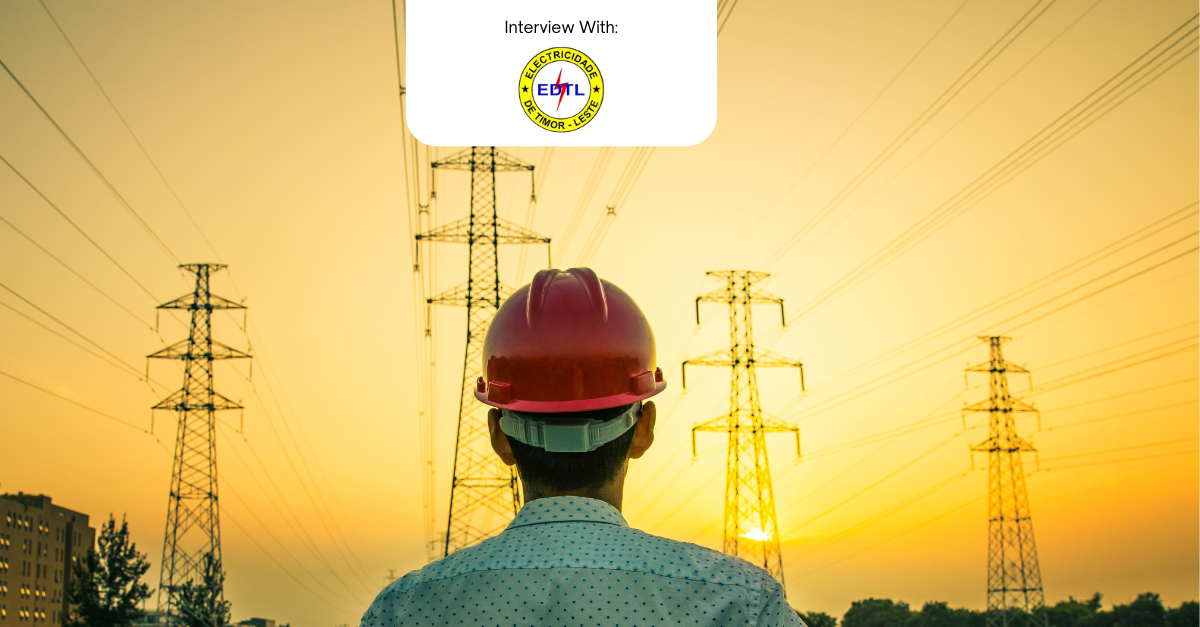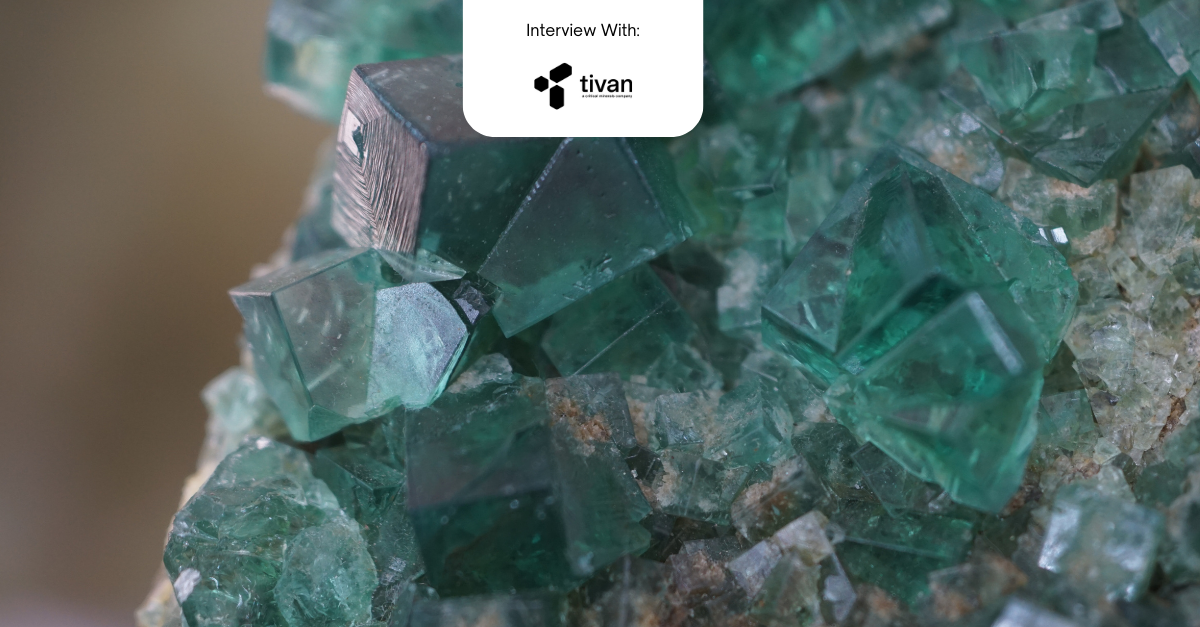As Timor-Leste moves toward a 50 percent renewable energy mix by 2030, Marito Ferreira, President of the Board of Directors at EDTL, EP and Technical Adviser to the Secretary of State for Electricity, Water and Sanitation, outlines the company’s roadmap for modernization, investment, and digital transformation. He discusses how EDTL is expanding reliable power access, integrating renewables into the grid, and building local capacity to shape a sustainable energy future for the nation.
Q1. What are EDTL’s main priorities for expanding access to reliable electricity across Timor-Leste in the coming years?
A: The main priority of EDLT is to maintain a stable power supply to the consumer in the territory of Timor-Leste, and focus on modernizing the distribution system from Analog to Digital. So far, the Electricity Access Ratio across the country has reached 98%, and the rest of it will be fully energised by the end of 2026. Besides, the Government commits to achieving a 50% energy mix by 2030.
Q2. How is EDTL positioning itself to support Timor-Leste’s ambitions as a regional leader in clean and reliable energy?
A: Timor-Leste has made significant progress in developing its electricity infrastructure, but significant challenges remain in the energy transition from diesel to renewable energy resources. According to the Timor-Leste Strategic Development Plan 2011-2030, the goal is to achieve 50% of renewable energy resources. A large-scale solar PV with the capacity of 80MW with IPP modality has been launched, and small-scale solar rooftop as well as solar ground PV systems with a total capacity of 3.6MW have been installed across the country, which will contribute to reducing the cost of fossil fuels, the cost of energy, and reducing CO2 emissions.
Q3. What investment opportunities exist within EDTL’s current and upcoming infrastructure projects?
A: The current investment ongoing in EDTL is a large-scale solar PV project with an IPP (Independent Power Producer) modality. And the upcoming project will be focused on another energy alternative, such as wind energy and LNG conversion to natural gas, to reach the break-even point.
Q4. How is EDTL integrating renewable energy sources into the national grid, and what challenges have you encountered along the way?
A: The current rehabilitation project on the distribution system is still ongoing; a few locations in the capital of the country have been prepared to replace overhead cable with underground. And also, the upcoming project will be focused on the LNG conversion to natural gases and a wind energy project to combine with diesel and solar PV to diversify the energy sector in order to reduce fuel costs and contribute to the environment.
Q5. What partnerships is EDTL seeking with international companies to accelerate technology transfer and capacity building?
A: It is necessary for EDTL to seek a joint venture with an international partner in a specific area, and also establish R&D to enhance technology transfer and capacity building for EDTL’s staff.
Q6. How does EDTL approach the issue of affordability to ensure that electricity remains accessible to all segments of society?
A: To guarantee affordable electricity access to society, EDTL need to focus more on renewable energy resources to combine with the distribution system, as well as invest in more battery energy storage systems to maintain stable power supply to the community.
Q7. How is EDTL working to integrate critical minerals into the country’s broader energy strategy?
A: Critical minerals are indispensable for the clean energy transition and achieving net-zero goals. However, EDTL has targeted to combine energy mix from renewable energy, especially solar and wind power, and will focus on minerals in the country’s broader sector in the future.
Q8. What steps is EDTL taking to modernize its operations and adopt digital technologies for better service delivery?
A: To guarantee a better service in terms of electricity supply to society, it is essential to replace all aged equipment, starting from the generator, transmission, and distribution sides, and select an advanced technology to modernise the old system to a new one by installing a SCADA system to easily monitor when any failure occurs on the system.
Q9. In what ways is EDTL contributing to the development of a skilled local workforce for the energy and critical minerals industries?
A: The way of contributing to the development of a skilled local staff in energy and critical mineral industries is continued by providing capacity building in both theoretical and practical ways.
Q10. How does EDTL envision its role in shaping Timor-Leste’s future as an attractive destination for sustainable energy and critical minerals investment?
A: Create a good policy in both energy and minerals investment, as well as create a good regulation to attract foreign direct investment, so that Timor Leste can be one of the good destinations for future investment in the energy, minerals sector and so on.
Stay tuned to The Energy Circle by IN-VR for the latest updates on the global energy industry and exclusive insights from its leading voices.




.png)


